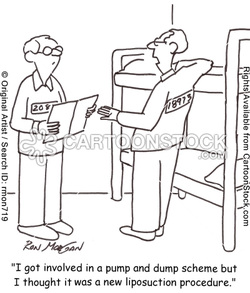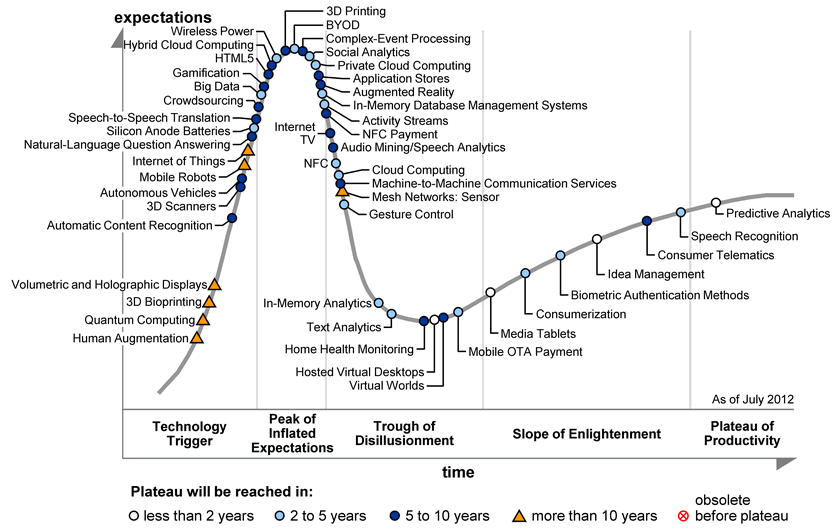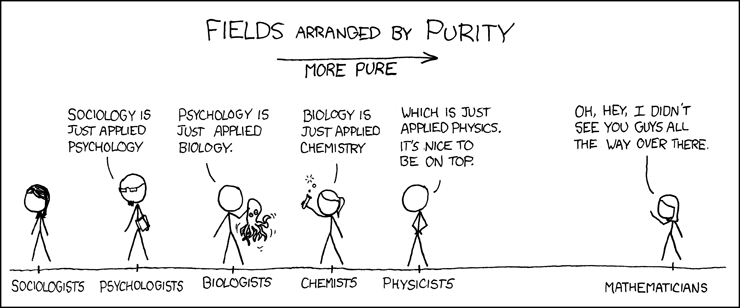|
A new Nature highlight of a GRL article discusses attempts made to reconstruct temperature records from the battery temperatures of smartphones. Since smartphones natively keep track of their battery temperature for safety purposes, they also help to keep track of the external temperature. This is used to obtain temperature in the "urban canopy", aka the low atmospheric boundary layer in which humans live that is often much warmer than the atmosphere just a few tens of meters high. Whether this will actually work is a secondary question, because at best battery temperatures are a poor proxy for atmospheric temperature. They are altered by not only the ambient temperature but the physical location (inside, outside, in a pocket, in direct sunlight) of the phone, as well as the memory/CPU usage of the phone. Overeem (not this guy) et al. used a "straightforward heat transfer model" to gauge air temperature. With T0 a constant equilibrium temperature, Tbat the observed battery temperature, m a transfer coefficient, and epsilon white noise. In other words, the temperature in the urban canopy relates linearly to the temperature of the battery. Presumably there is some "resting" battery temperature, and so integrated over the entire domain In other words, in general, batteries are anomolously warmed by the temperature of the boundary layer by heat conduction. Seems fair to me. While I sincerely doubt that error is white noise (there is absolutely a bias associated with the fact that cell phones are typically inside of something, be it a climate-controlled office or pocket), its an interesting use of modern proxies nonetheless.
2 Comments
Despite how sincerely marketers would like you to believe it, there hasn't been much innovation in transportation over the last 50 years. Excepting Ralph Nader, automobiles are more or less the same as they were in the 70's. The average age of the airplanes in the sky is 14 years. Amtrak runs on the same rails it has since the 80's. It is enough that Tyler Cowen claims: " When it comes to transportation at least, There is a Great Stagnation" Yet when Iron Man himself comes and suggests there's a new way of doing things (even though it is a very old way indeed), people get excited. There's a cycle of popular opinion which follows the advent of new, fanciful, catch-all ideas. We see it with wonder-drugs, wonder-food, and wonder-engineering, each cultivated by their own niche of bloggers, supporters, and idealists, and it has a name: the "Gartner hype-cycle": Gartner Research posited the existence of the hype-cycle to explain the wild ways in which expectations grow, diminish, and plateau for new technology, and also to suggest how far away emerging technology was, all the way back in 1995. It applies just as well for new engineering developments.
So while dozens of people have written about the impossibility of the hyperloop project, its "Astronomical Pricing", and exhibited general skepticism, its worth noting that Elon Musk is to date the only person willing to put enough money into R&D to attempt such a project. Thats interesting enough, even if he fails. Over the next few years, however, remember the Hype-Cycle. By tempering expectations, we'll temper disillusionment, and appreciate how fun (if arrogant) thinking this big actually is. A pretty interesting article from Massey University a few years back attempts to understand how much of the placebo effect is related to the conditioning effect (when I take a drug, I am conditioned to believe I will feel better because of my surroundings, so I feel better) or the expectancy effect (when I take a drug, I expect that it will work, so I feel better).
A number of interesting conclusions come out of this, notably that our tolerance to drugs is associated to our surroundings (as an example, consider examples of "learned tolerance", whereby drugs like alcohol affect people differently depending on their surroundings, leading to overdoses for alcoholics who find themselves drinking in unfamiliar places). But my favorite one concerns the fact that, like humans, rats exhibit the placebo effect. This can serve to root out the misconception that the placebo effect is some mystical, made-up response at a high intellectual level. Rather it is an innate physical mechanism which exists across the animal kingdom. This can help to explain its complete prevalence (and its relationship with confirmation bias) among those susceptible to believing pseudoscience, and the reason we have such a hard time getting rid of it.  Over the last decade or so the phenomenon of the penny-stock "pump and dump" scam has risen in prevalence, mostly thanks to a variety of email spammers (I get something like 10-20 emails a day on the subject). The general idea behind the process is simple:
This tactic is usually used in the lightly regulated "pink slip" stock exchanges, and often triggered on small fluctuations in spammed-about stocks. It is not to be confused with HFT (high frequency trading), in which much smaller gains are accomplished by exploiting latencies in network connections. As is the case in the world, these scams provoke Golden Age theories (see comments) decrying technology and its corruptive, harmful role in society. Of course this is baloney, because the "pump and dump" scheme is as old as time. Here's an example, from an article in the vietnam vet about the "Leech Fever" taking over some villages in Vietnam. A group of wealthy investors comes in and buys up leeches, for reasons unknown. This causes a tremendous flux of people out of their jobs and into the rivers, trying to catch the abundant leeches to sell them. Local "businessmen", called "collectors", aggregate leeches by paying larger and larger prices for them, banking on the demand caused by the foreign investors. As this false demand grows, so too does the prices of leeches. The investors then sell their initial supply, make a tidy profit, and disappear to a town covered in dried leeches. So this is not a high-tech development, just a new and creative scam. Moral of the story: If you are buying something which you know to have no value beforehand, don't be mad when you get left with a bag of leeches. Paraphrased from George Philander: The hierarchy of science: Mathematics atop Physics atop Chemistry all the way down to the social sciences, is also an inverse hierarchy of simplicity. The problems which can be simply described and for which there can be no disagreement lie at the top, and the most difficult ones, the ones which permit a type of field-wide dissonance lie at the bottom. The most complicated and most relevant problems are those ones which are the least "pure" This hierarchy of purity was once cartooned by Randall Munroe of XKCD:
|
AuthorOceanographer, Mathemagician, and Interested Party Archives
March 2017
Categories
All
|




 RSS Feed
RSS Feed
